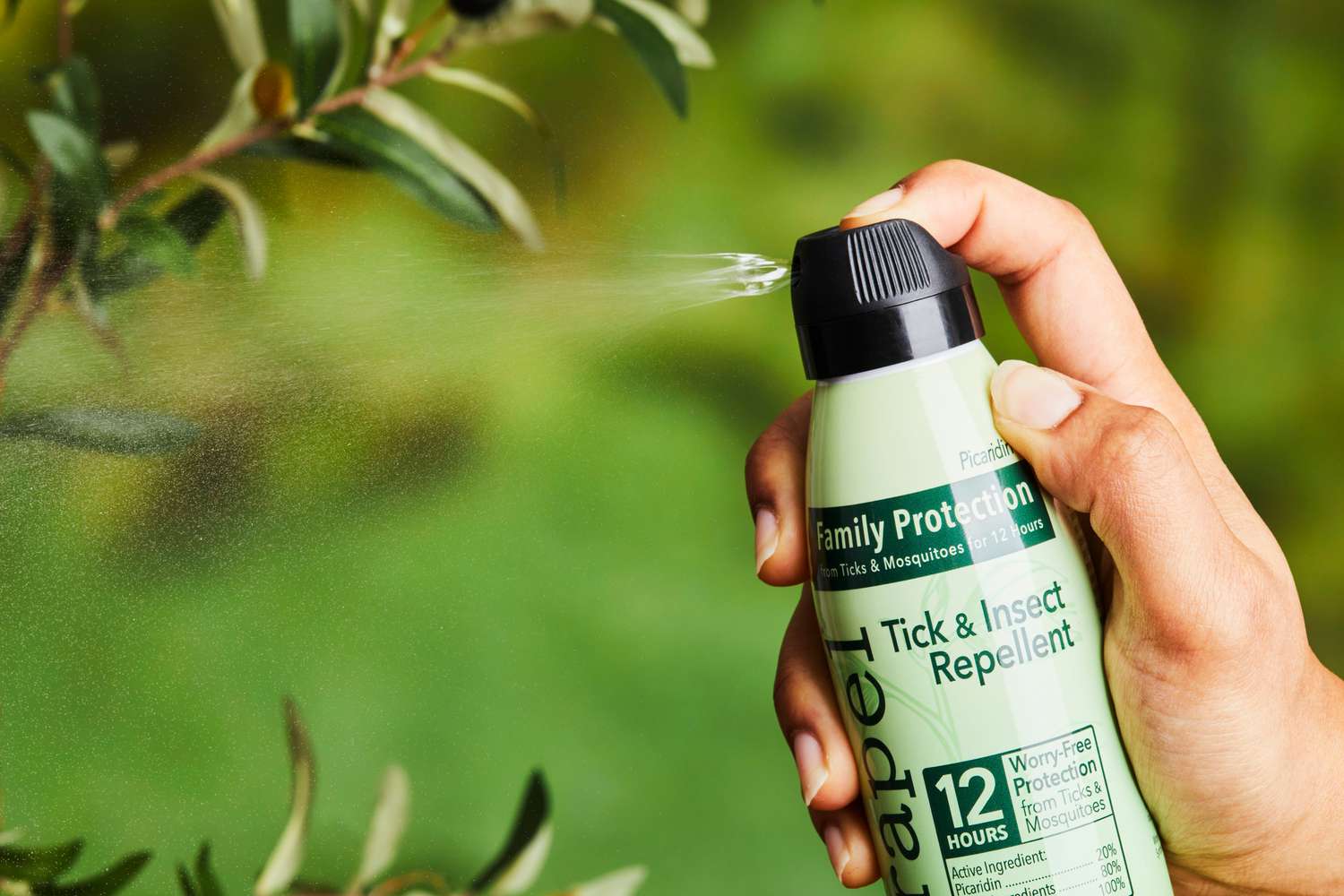Plant-based repellents have been used in traditional practice as a personal protection measure against host-seeking mosquitoes. Knowledge on traditional repellent plants obtained through ethnobotanical studies, provides valuable resource for the development of new natural products.
For example, hanging bruised plants in houses because of the repellency of the plant materials, has been exploited for thousands of years, and still being widely practiced throughout some developing countries. Also, plants have been used for centuries in the form of crude fumigants to repel nuisance mosquitoes and later as oil formulations which were applied to the skin or clothes.
Most plants contain chemicals: (1) nitrogen compounds (primarily alkaloids), (2) terpenoids, (3) phenolics, and (4) proteinase inhibitors,which act as repellents, feeding deterrents, toxins, and growth regulators to prevent attacks from biting insects. Thus, although these compounds primarily provide defence for plants against phytophagous insects, many are also effective against mosquitoes and other biting Diptera.
Recently, commercial repellent products containing plant-based ingredients have garnered increasing popularity among consumers, because they are normally perceived as “safe” in comparison to synthetic repellents although this might not always be the case.
Efficacy of plant-based repellents
Essential oils and extracts belonging to plants in the citronella genus (Poaceae) are commonly used as ingredients of plant-based mosquito repellents. However, when compared to DEET(N, N-diethyl-3-methylbenzamide); the constituent of synthetic repellents, they are as effective as DEET, but these oils rapidly evaporate causing loss of efficacy and leaving the user unprotected.
On the other hand, it is not the same for Neem. Neem-based preparations are currently advertised as a natural alternative to DEET and they have been tested for repellency against range of biting insects. Several field studies from India have shown very high efficacy of Neem-based preparations which contrasts findings of intermediate repellency by other researchers.
Essential oils distilled from members of the Poaceae (aromatic grasses), Lamiaceae (Culinary herbs),Pinaceae (pine and cedar family) are also insect repellents across the world. Almost all of these plants used as repellents are consumed as food flavouring or in the perfume industry, which infers that oils extracted from them for their repellency are safer alternatives to DEET despite many oils causing contact dermatitis.
Some fallacies about plant based or natural repellents
It is commonly assumed that plant-based repellents are safer than DEET because they are natural. However, some natural repellents are safer than others, and it cannot be assumed that natural equates to safe.
It is also commonly stated that plant based repellents are better for the environment than synthetic molecules, which is always not the case.
